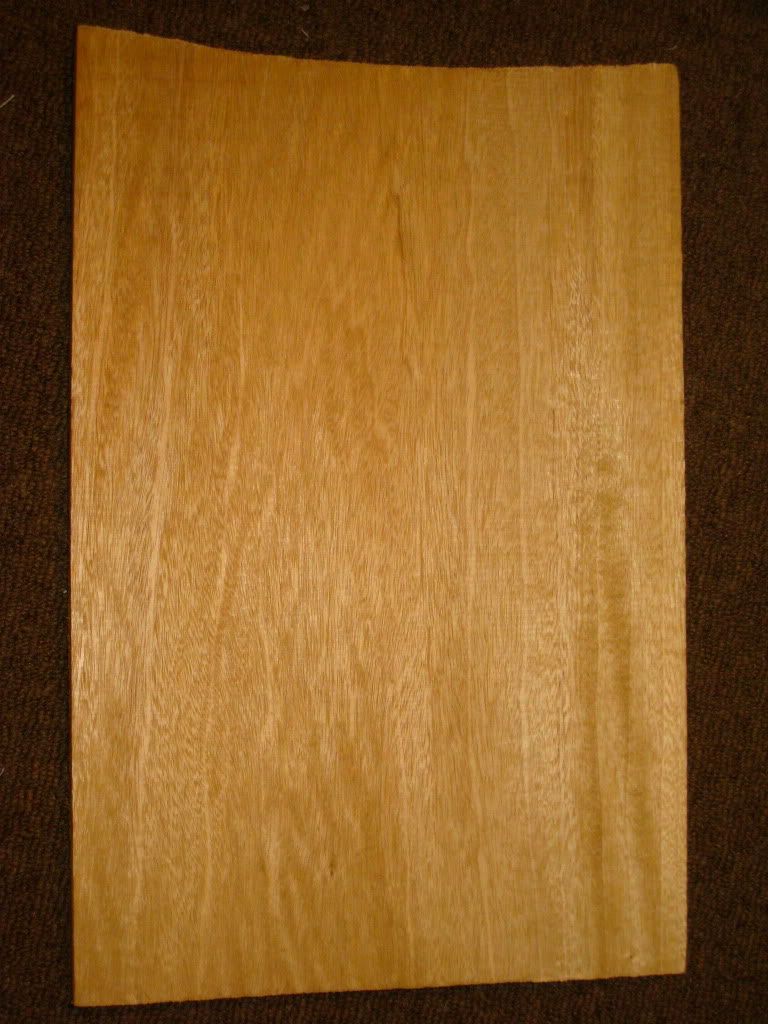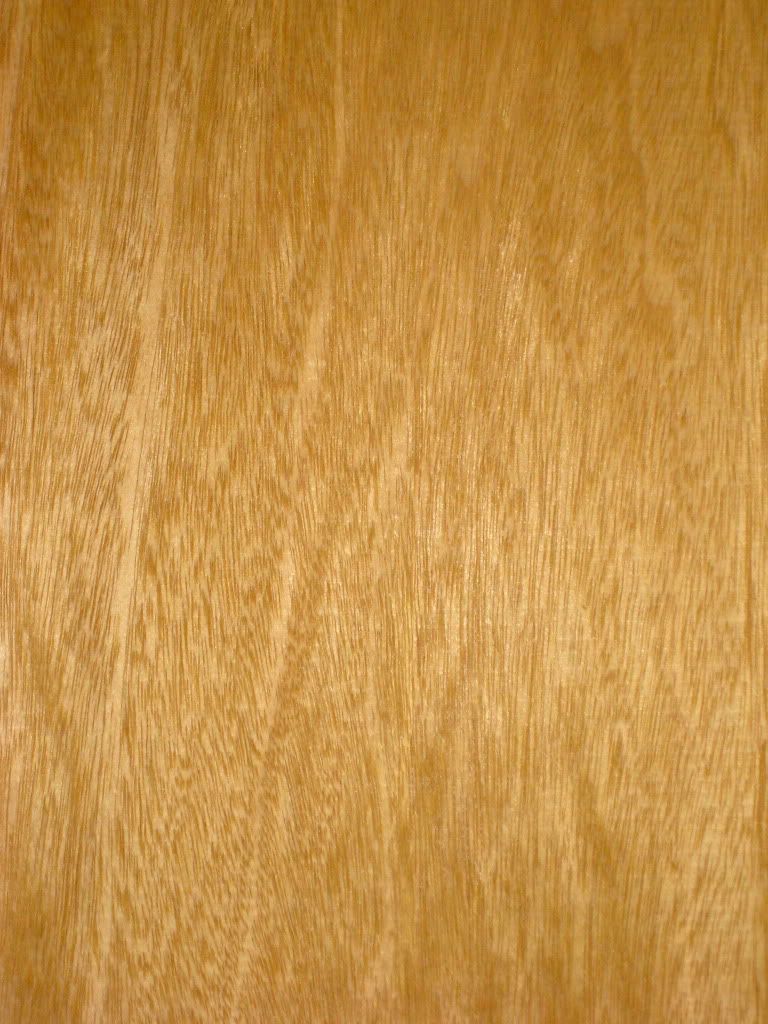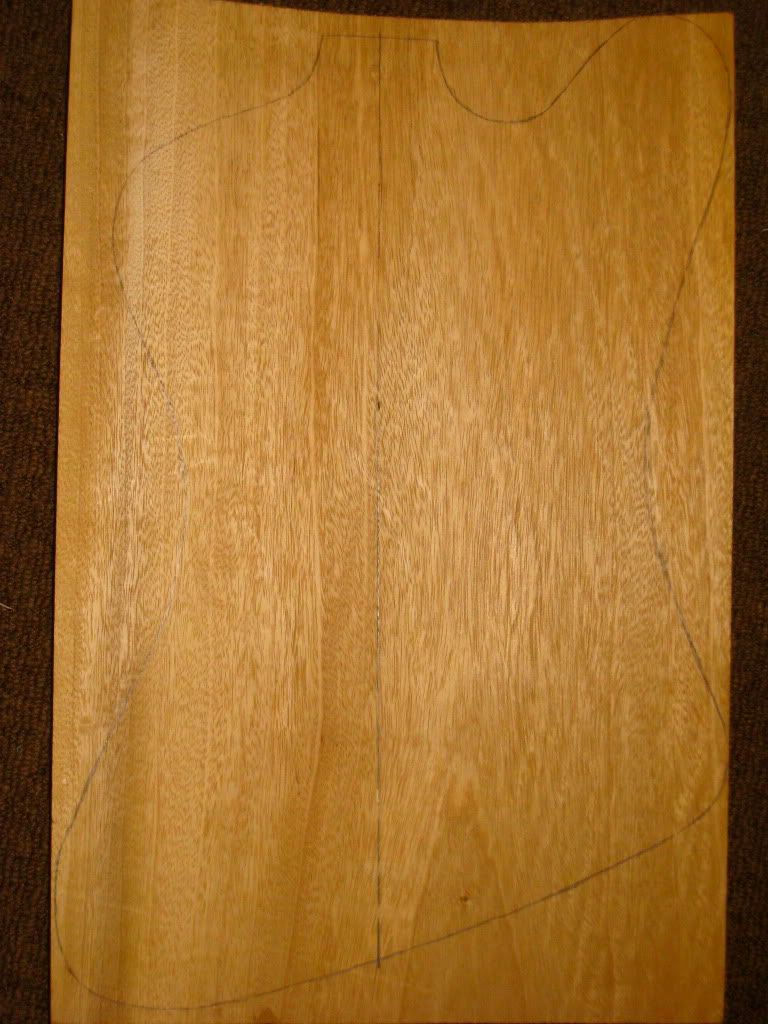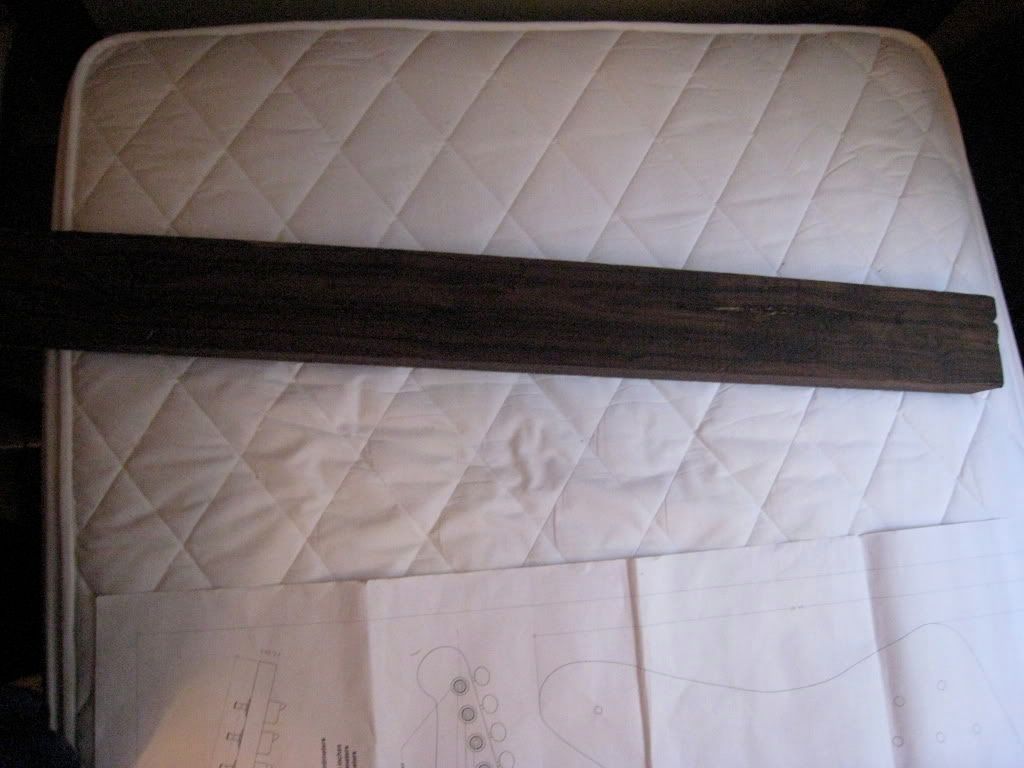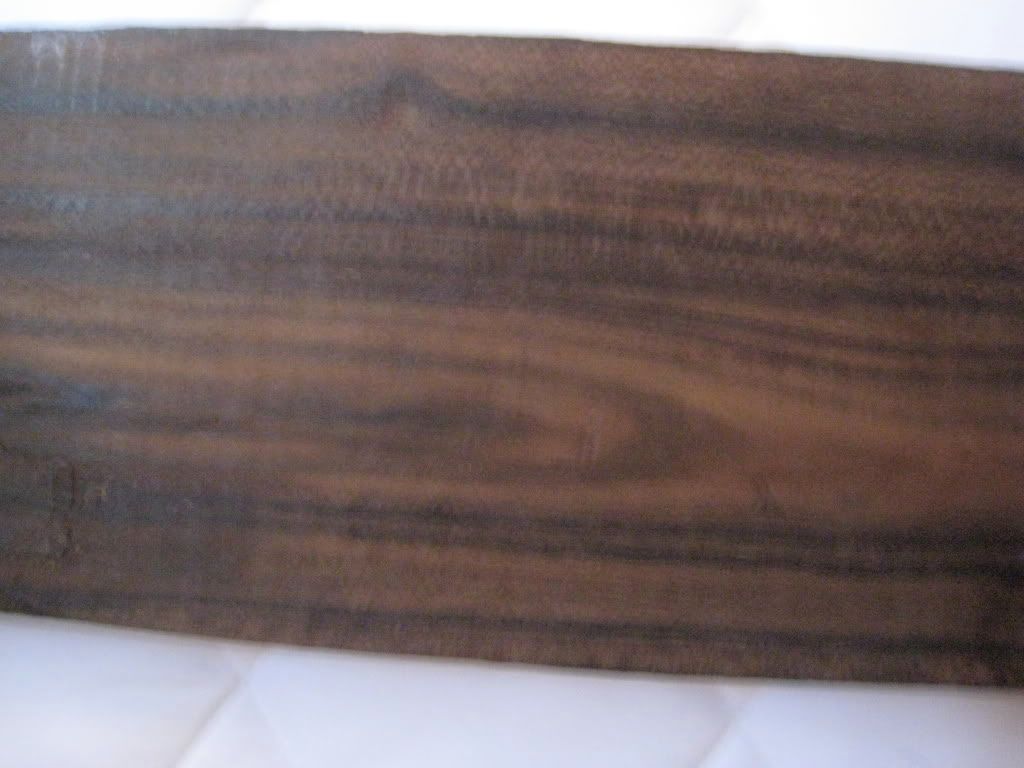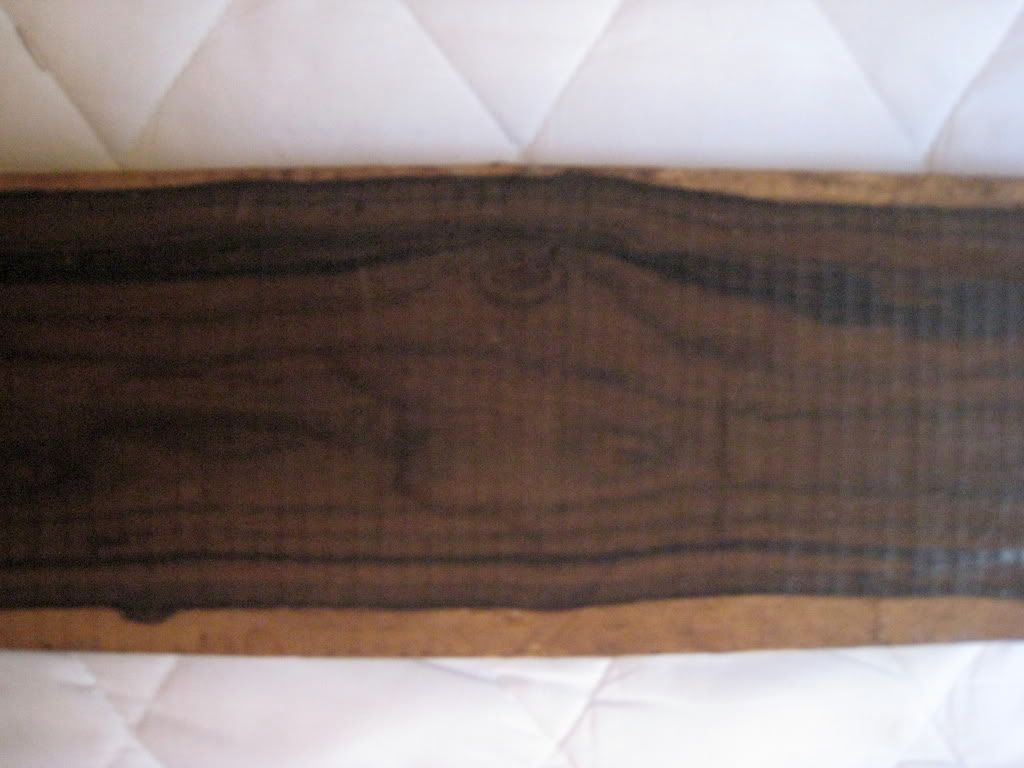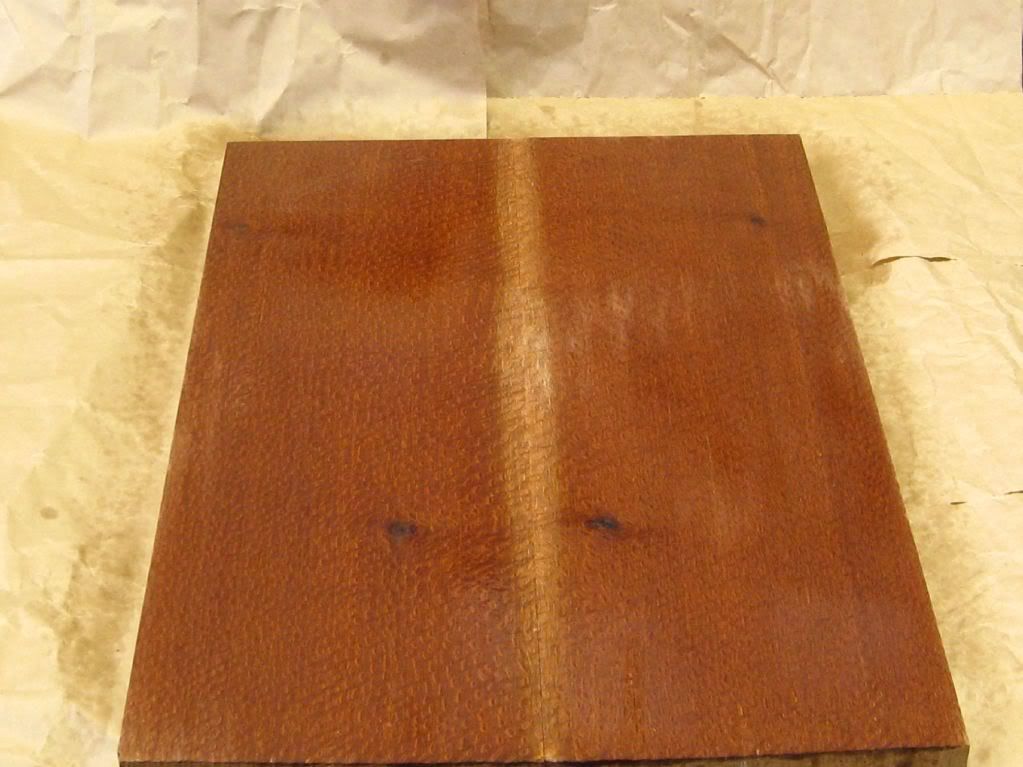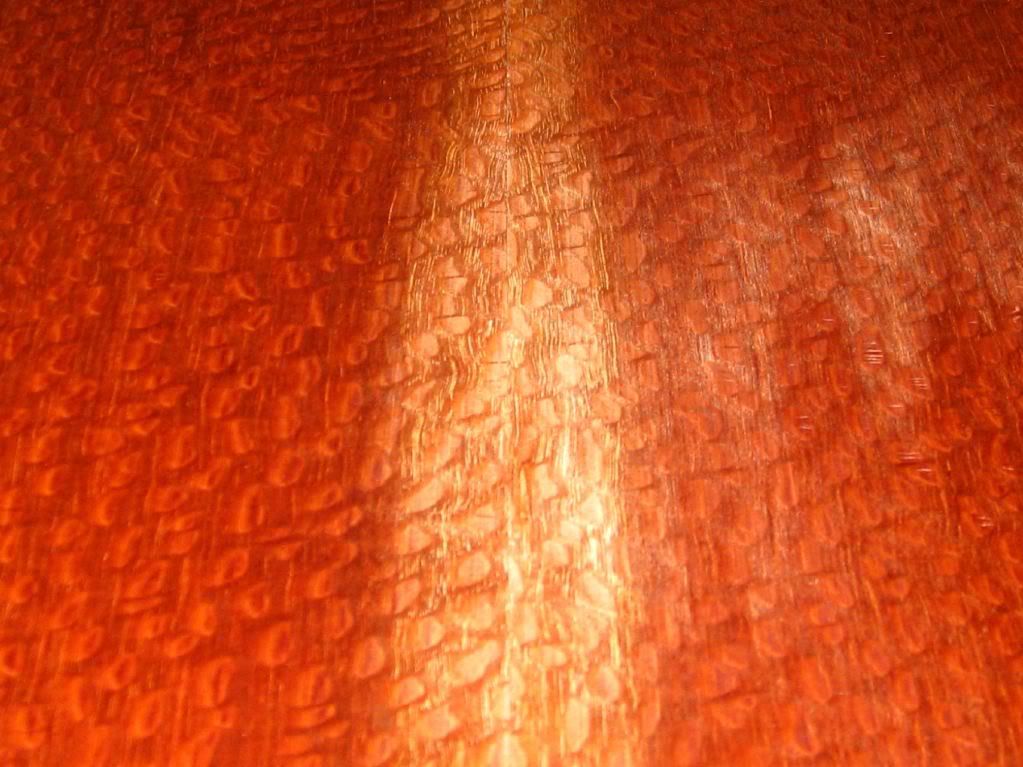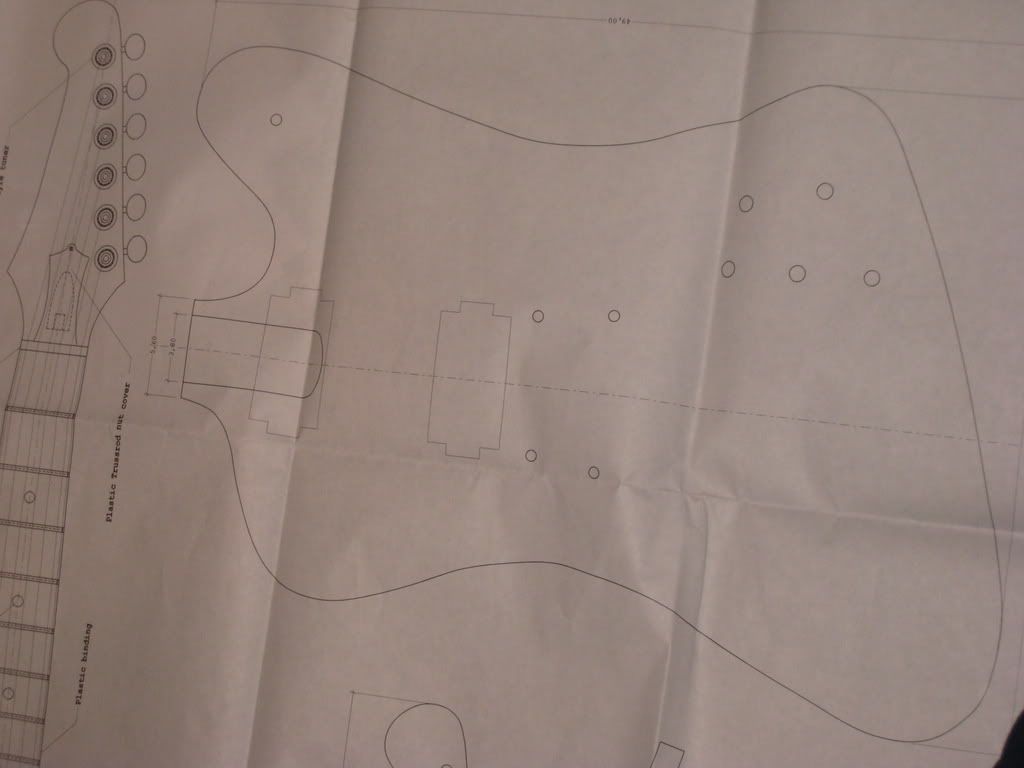These are pictures and explanations of all my guitar gear. My electric, acoustic, amp, pedals, etc. This will be a long post (Because of the pictures), and I probably will be describing some stuff in great detail. If you have any questions, comment and I will answer as best I can. Here goes.
PLEASE: Blogspot cropped the pictures wrong. For the picture of the amp, both guitar's full body shots, and the control zoom in, click the picture, and you should see the full picture. Sorry for this. :P
My new guitar:
Its a Washburn WI66V Pro, out of production model. I bought it on Ebay for £191, a good price. I've seen people buy it for at least $800. Some pictures:

The headstock. This is where you can see the tuning pegs, the Washburn logo, the cream binding around the sides, and the nice abalone inlay.

The body. This shows the pickups (Those rectangular things). I'm going to be replacing those, they aren't the best. Though they look might fine. You can also seen the control knobs, the cream binding on the sides, and the awesome finish, which is transparent blue over a quilted maple top. Awesome.

Control Knob zoom in. Here we have the control knobs, which are two volume (On the left side, one volume for each pickups), one three-way pickups selector (The white-tipped switch. It chooses which pickups you're using, either both, or just one at a time), the VCC control (Again, one for each pickup. These are on the right. Its hard to explain what this does, but it changes the tone from sounding like humbuckers to single-coils. Yeah, it's not going to make sense to you guys), and finally, the killswitch (The black thing in the middle. This is essentially an on-off switch. Pushed in it turns all sound off, let it go out and the sound comes back. Nice effects on some parts).

Full Body shot. I'll just go through all the specs here.
24.75" scale length. Thats the length of the neck from just below the headstock, to where it ends at the body.
22 jumbo frets. Thats the fret size. Jumbo means bigger, which means harder to play but you have better bending and vibrato options.
Blue finish over maple top. Already explained.
Full mahogany body, with a set-neck, also made of mahogany. Mahogany is one of the most used guitar-woods, and it gives a really really nice thick low-mid tone. Good for blues and rock. Also weighs a ton, but its worth it.
Mother-of-Pearl wing inlays. On the guitar neck you can see the reaccuring pattern with the white things. Those are the inlays. Their only purpose is to look awesome. And they do.
Two humbuckers. Humbuckers are the pickups. Again, those covered rectangular things.
Two volume and two tone pots with a three-way pickup selector. Volume pots effect the volume/output of the pickups. The tone pots are the VCC, which I already explained.
Killswitch. Already explained, but I had this built in by my guitar tech. Its awesome.
Fulcrum-Stay-In-Tune Vibrato Tailpiece. That white-tipped metal bar coming from the guitar. Those of you who play RockBand or GuitarHero recognize this as a whammy bar. Its awesome.
Now, for my acoustic.
This is a Breedlove Atlas AD20/SM. Also a discontinued model. It is possibly one of the best guitars I have ever played, and I got it for $400 brand new, when it had sold for $600 or more. This was chosen by Guitar Players Magazine as Acoustic of the Year. Pretty awesome.

The headstock. Here we can see the gold hardware (The tuning pegs). The assymetrical Breedlove headstock really is eyecatching. It has a Breedlove Peral logo inlay, which looks cool.

The back of the guitar.

The full front body shot. And the specs:
25.5" scale length.
21 jumbo frets, with 14 accesible.
Dreadnought body style (Thats the size and depth of it)
Solid mahogany back, laminate sides, and a solid sitka spruce top. This gives the guitar a very nicely balanced, and very powerful, range and sound.
The neck is hand-rubbed, making it very smooth and easy to play.
Now, for my amp/pedals.

The amp is the big box thing. This one is a Vox AD15VT. That means its the AD model, with 15 watt power. This amplifies (Wow) the sound coming from any guitar with pickups (except basses). Its a great amp, a transvalve amp, which is halfway between a solid state amp and a tube amp. Tube amps are better, because they give a much more natural tone, and a much more powerful sound when turned on full volume. The amp is a modulating amp (Unfortunately) meaning that it has some preset settings on it, though you can still customise it quite a bit. It has some nice built in effects as well, such as a good reverb, auto-wah, and delay.
The yellow thing on the left is my overdrive/distortion pedal. Its a Boss OS-2. More specifically a stomp-box, which means that when I press it down, it instantly kicks in, instead of a foot-pedal, which gradually moves to the effect when pressed down (That might be hard to explain. Feel free to ask). This pedal allows me to easily shift from a clean sound, to a distortion sound (Listen to Buckethead's Soothsayer for an example). Since its an overdrive and distortion pedal, this means I can get either an overdrive, or a distortion sound. Overdrive is like a cleaner distortion, and is basically the sound when you turn a full tube amp on full volume, with full gain. Its a really really nice sound. Listen to Buckethead's Whitewash live on youtube, for an example. Distrotion is what you'll hear in standark hard rock/metal. It emphasizes certain frequencies (Either bass, mid, or treble depending on your settings), causing it to sound buzzy or mixed together. Back behind the amp to the left you might see a small black pedal. This is my Digitech RP70, which is terrible, and I'll be selling it soon. Its just a digital processor for effects. It sounds bad, works bad, and was made bad. Also, if you can see it on the right, is my Pre-Calculus book. This doesn't actually improve my guitar playing, but I pretend it makes me smarter.

Now the final thing. Katherine's guitar! This was my first guitar I played. Its an Epiphone Les Paul Special II. Its got a basswood body (Like mahogany, but a bit more balanced), two humbuckers, 22 frets, one master volume and tone pot, three-way pickup selector, and that's about it. If Katherine lets me, I'll be stripping the paint off this, recutting the body-shape (Cause I don't like this one), repainting it, adding in new pickups, and probably a coil split. Ask about that if you don't know what it is, which you probably won't. It really needs to be cleaned too.
